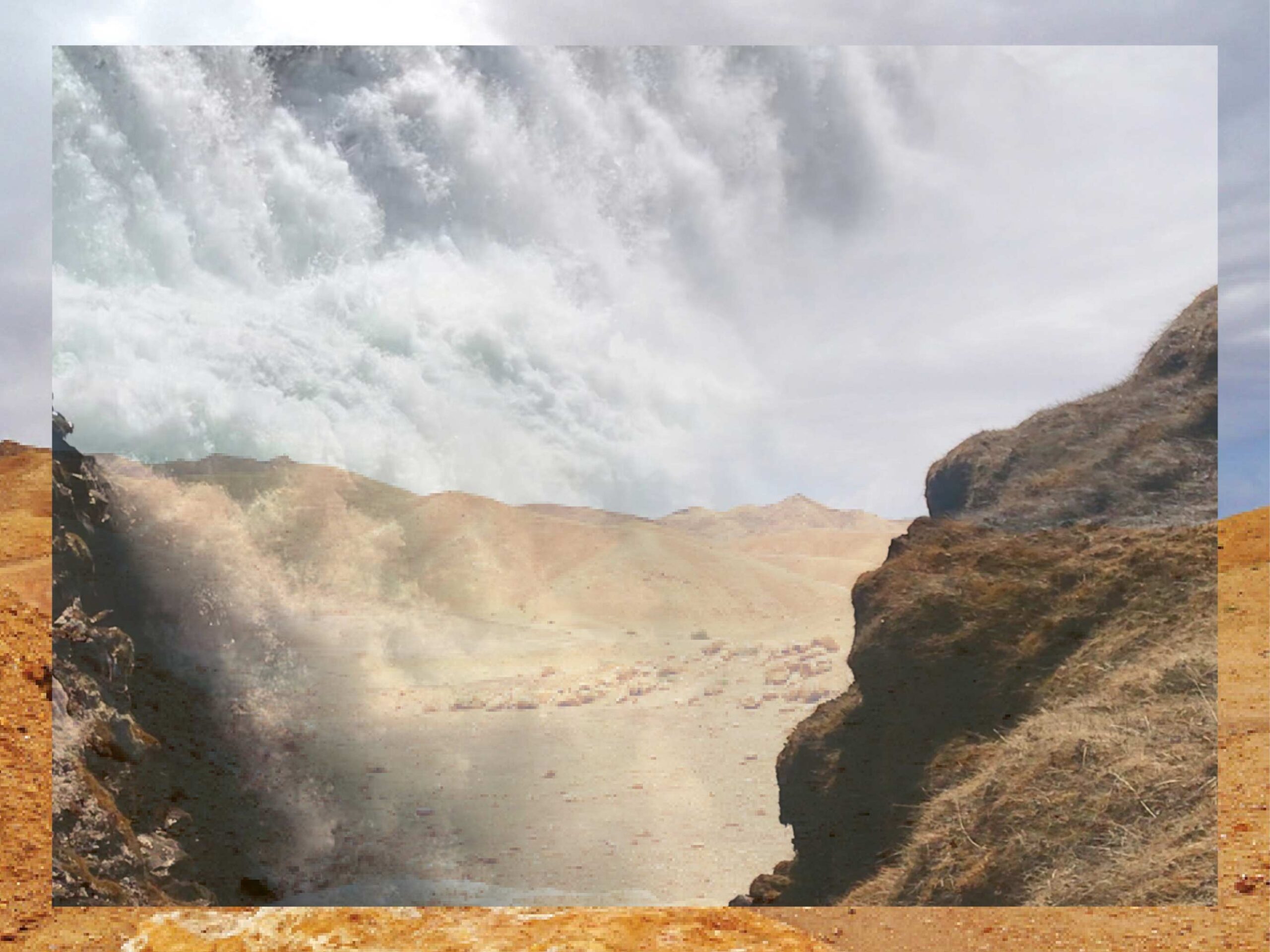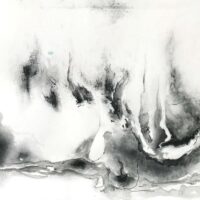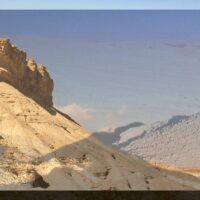Intimacy is within and without. In the aridity and solitude of the desert, I am thrown back on myself, while in the play of water in all its forms in Iceland, I am constantly invited to dive in, to be touched at my outer limit, to connect.
Both landscapes resemble a beautiful wasteland. They are elemental, archaic, and they are challenging to enter and explore. Those who find their way into them are rewarded with silence. At first, this silence is external and evocative, a thunderous stillness. The elements are particularly raw and powerful here. Immersing ourselves in them, unfeigned, they gradually peel away the alienated layers of our everyday lives. Their power lies in making us feel exposed—exposed to a world we did not create. We are humbled at beholding the forces of creation, humbled by the feeling of being unable to say anything back to these forces. It is a liberating humiliation, is it not? We can finally just “be” and awaken from the dream of human omnipotence.
The introspection, the inner silence we seek out in nature, sometimes leads to loving devotion, sometimes even further into the depths of the soul. But what matures in this conflict is a moment of intimacy with ourselves. In the desert, it is more of a vertical experience; in the waters of Iceland, it is more of a horizontal experience. An impression remains: in the desert, an image lives of a movement from the fire of the sun into the earth, from the spirit into matter—and in Iceland, a mixture of water and air opens the soul to the world. Perhaps it is in the connection of both experiences that real intimacy lies: the intangible point at the intersection of these two movements that connect us with ourselves and the other at the same time.
Translation Laura Liska
Image Gilda Bartel, composition: Fabian Roschka





